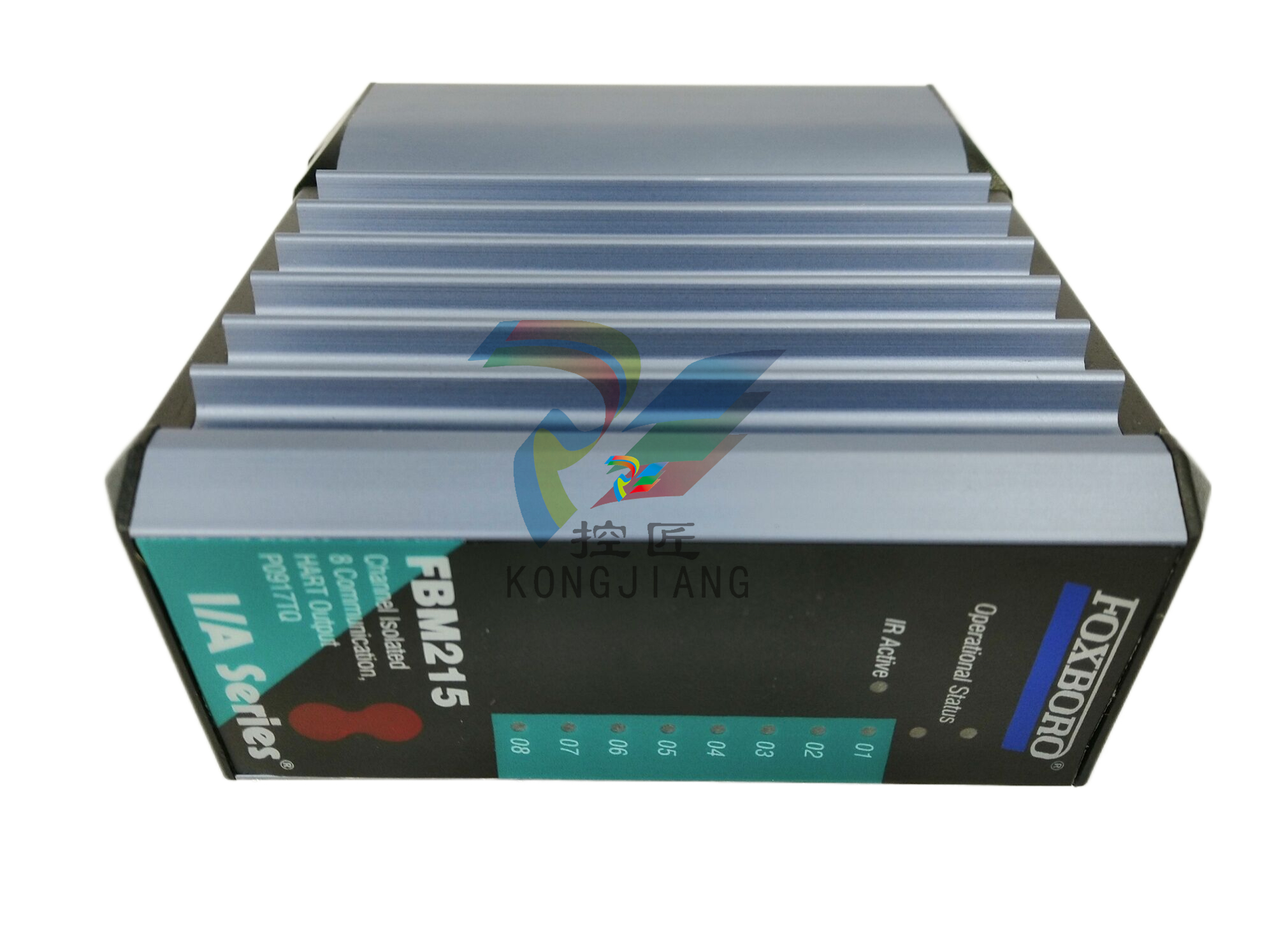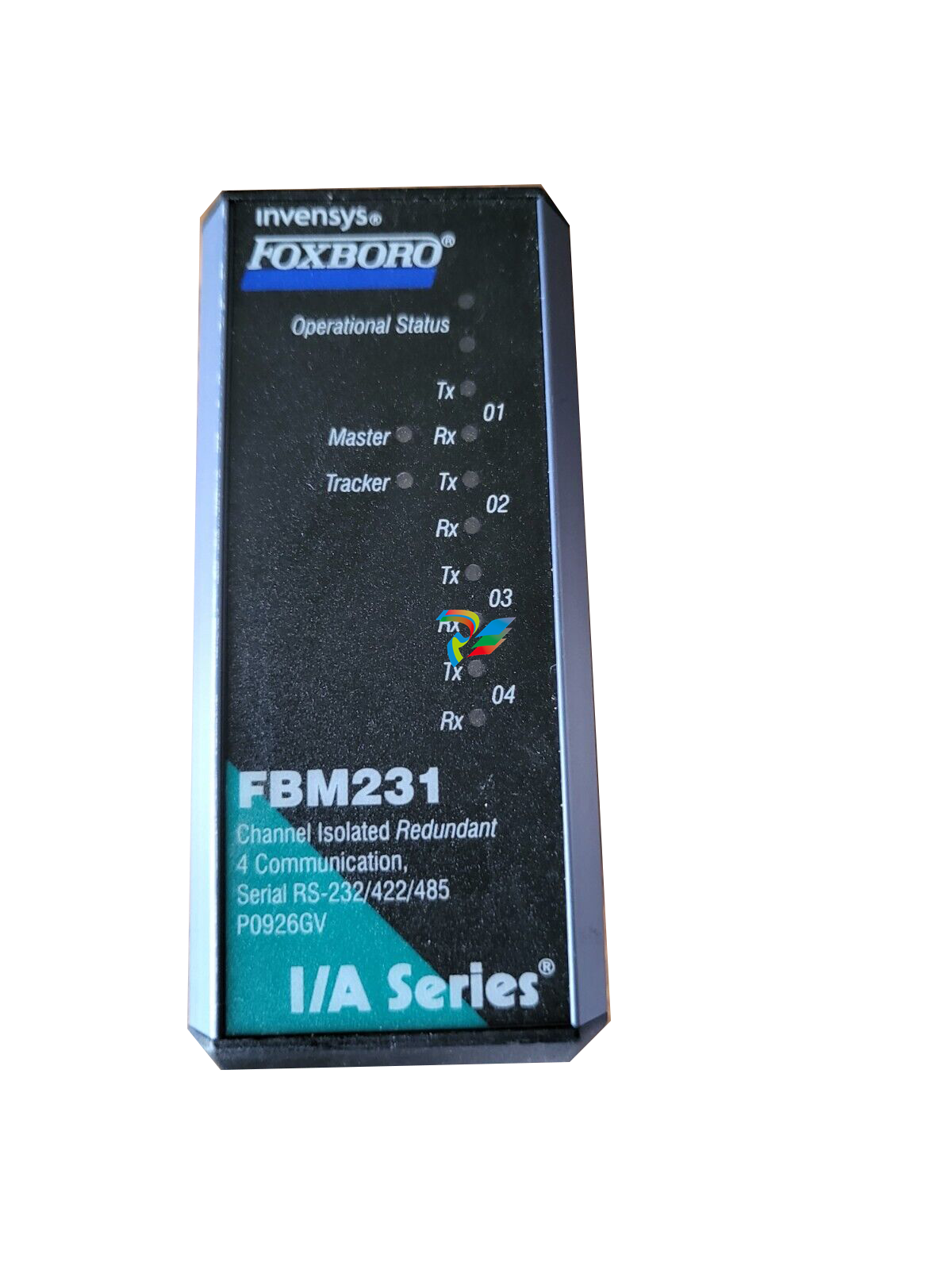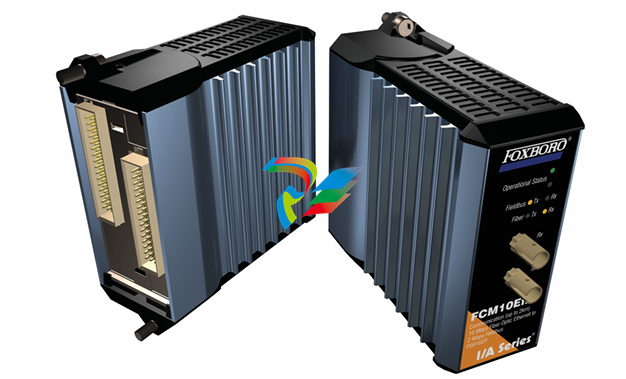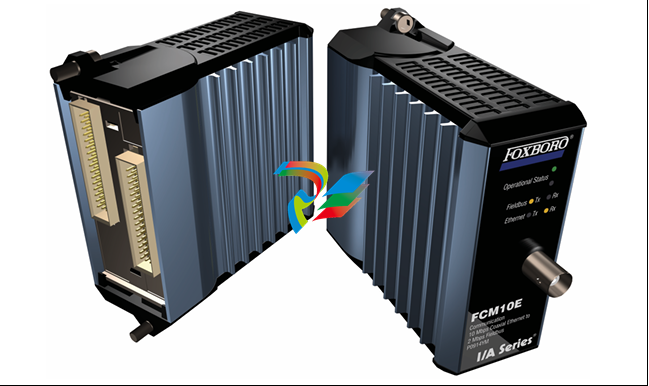
A-BAdjustable Frequency AC Drive
these points must be connected to adjacent building steel (girder, joist), a
floor ground rod or bus bar. Grounding points must comply with national
and local industrial safety regulations and/or electrical codes.
Motor Ground
The motor ground must be connected to one of the ground terminals on
the drive.
Shield Termination - SHLD
Either of the safety ground terminals located on the power terminal
block provides a grounding point for the motor cable shield. The motor
cable shield connected to one of these terminals (drive end) should also
be connected to the motor frame (motor end). Use a shield terminating or
EMI clamp to connect the shield to the safety ground terminal. The
conduit box option may be used with a cable clamp for a grounding point
for the cable shield.
When shielded cable is used for control and signal wiring, the shield
should be grounded at the source end only, not at the drive end.
RFI Filter Grounding
Using single phase drives with integral filter, or an external filter with
any drive rating, may result in relatively high ground leakage currents.
Therefore, the filter must only be used in installations with grounded
AC supply systems and be permanently installed and solidly
grounded (bonded) to the building power distribution ground. Ensure
that the incoming supply neutral is solidly connected (bonded) to the
same building power distribution ground. Grounding must not rely on
flexible cables and should not include any form of plug or socket that
would permit inadvertent disconnection. Some local codes may require
redundant ground connections. The integrity of all connections should be
periodically checked
Fuses and Circuit Breakers
The PowerFlex 40 does not provide branch short circuit protection. This
product should be installed with either input fuses or an input circuit
breaker. National and local industrial safety regulations and/or electrical
codes may determine additional requirements for these installations.
Fusing
The PowerFlex 40 has been UL tested and approved for use with input
fuses. The ratings in the table that follows are the minimum
recommended values for use with each drive rating. The devices listed in
this table are provided to serve as a guide.
Bulletin 140M (Self-Protected Combination Controller)/UL489
Circuit Breakers
When using Bulletin 140M or UL489 rated circuit breakers, the
guidelines listed below must be followed in order to meet the NEC
requirements for branch circuit protection.
• Bulletin 140M can be used in single and group motor applications.
• Bulletin 140M can be used up stream from the drive without the
need for fuses.
Fuses and Circuit Breakers
!
ATTENTION: To guard against personal injury and/or equipment
damage caused by improper fusing or circuit breaker selection, use only
the recommended line fuses/circuit breakers specified in this section.
Power Wiring
!
ATTENTION: National Codes and standards (NEC, VDE, BSI, etc.)
and local codes outline provisions for safely installing electrical
equipment. Installation must comply with specifications regarding wire
types, conductor sizes, branch circuit protection and disconnect
devices. Failure to do so may result in personal injury and/or equipment
damage.
!
ATTENTION: To avoid a possible shock hazard caused by induced
voltages, unused wires in the conduit must be grounded at both ends.
For the same reason, if a drive sharing a conduit is being serviced or
installed, all drives using this conduit should be disabled. This will help
minimize the possible shock hazard from “cross coupled” power leads.
Motor Cable Types Acceptable for 200-600 Volt Installations
A variety of cable types are acceptable for drive installations. For many
installations, unshielded cable is adequate, provided it can be separated
from sensitive circuits. As an approximate guide, allow a spacing of 0.3
meters (1 foot) for every 10 meters (32.8 feet) of length. In all cases,
long parallel runs must be avoided. Do not use cable with an insulation
thickness less than 15 mils (0.4 mm/0.015 in.). Do not route more than
three sets of motor leads in a single conduit to minimize “cross talk”. If
more than three drive/motor connections per conduit are required,
shielded cable must be used.
UL installations in 50°C ambient must use 600V, 75°C or 90°C wire.
UL installations in 40°C ambient should use 600V, 75°C or 90°C wire.
Use copper wire only. Wire gauge requirements and recommendations
are based on 75 degree C. Do not reduce wire gauge when using higher
temperature wire.
Unshielded
THHN, THWN or similar wire is acceptable for drive installation in dry
environments provided adequate free air space and/or conduit fill rates
limits are provided. Do not use THHN or similarly coated wire in wet
areas. Any wire chosen must have a minimum insulation thickness of 15
mils and should not have large variations in insulation concentricity.













































.jpg)
.jpg)
.jpg)





.jpg)



.png)
.jpg)

.jpg)
_lVjBYb.jpg)

.jpg)
.jpg)



.jpg)
.jpg)





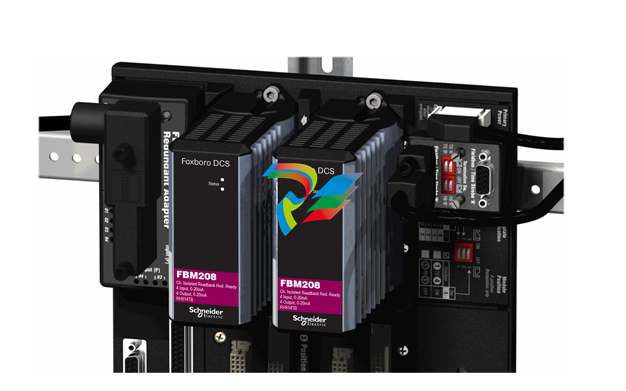
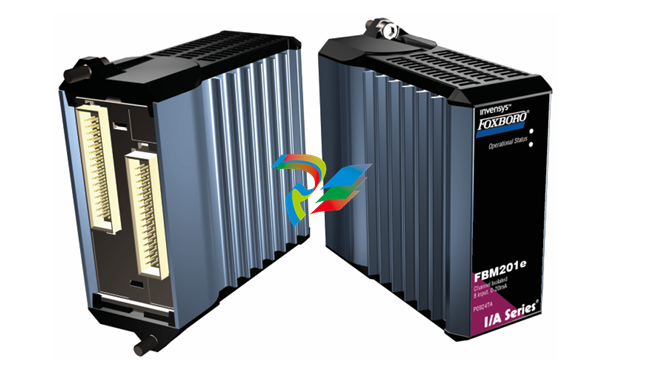
.jpg)
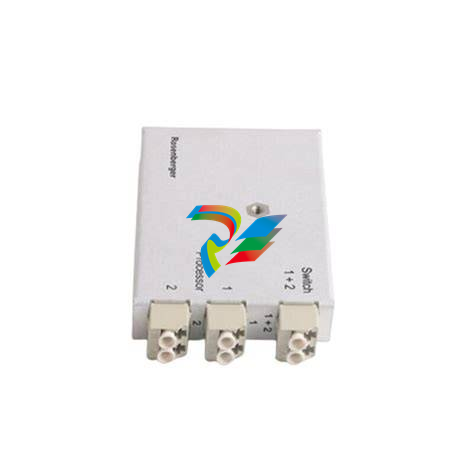
.jpg)
.jpg)
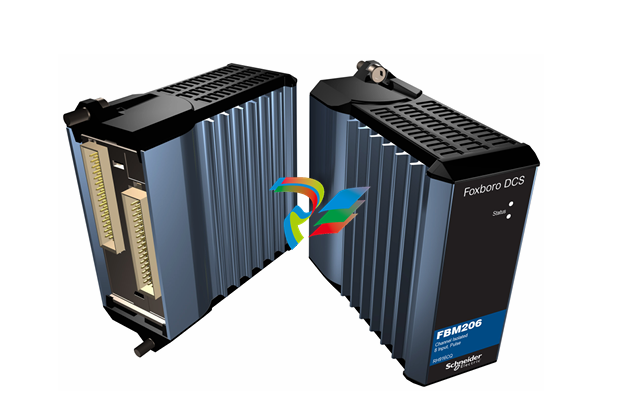
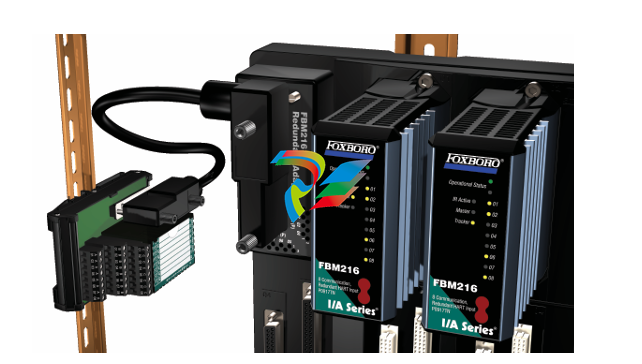
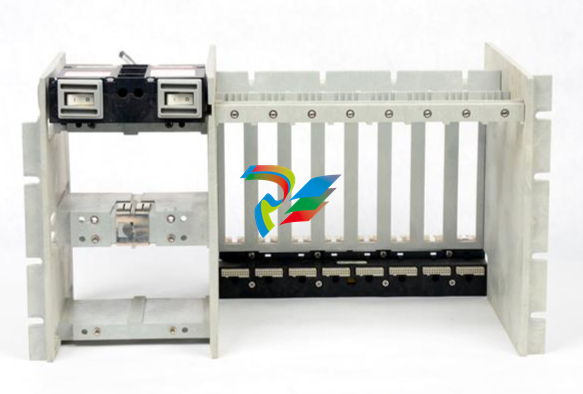
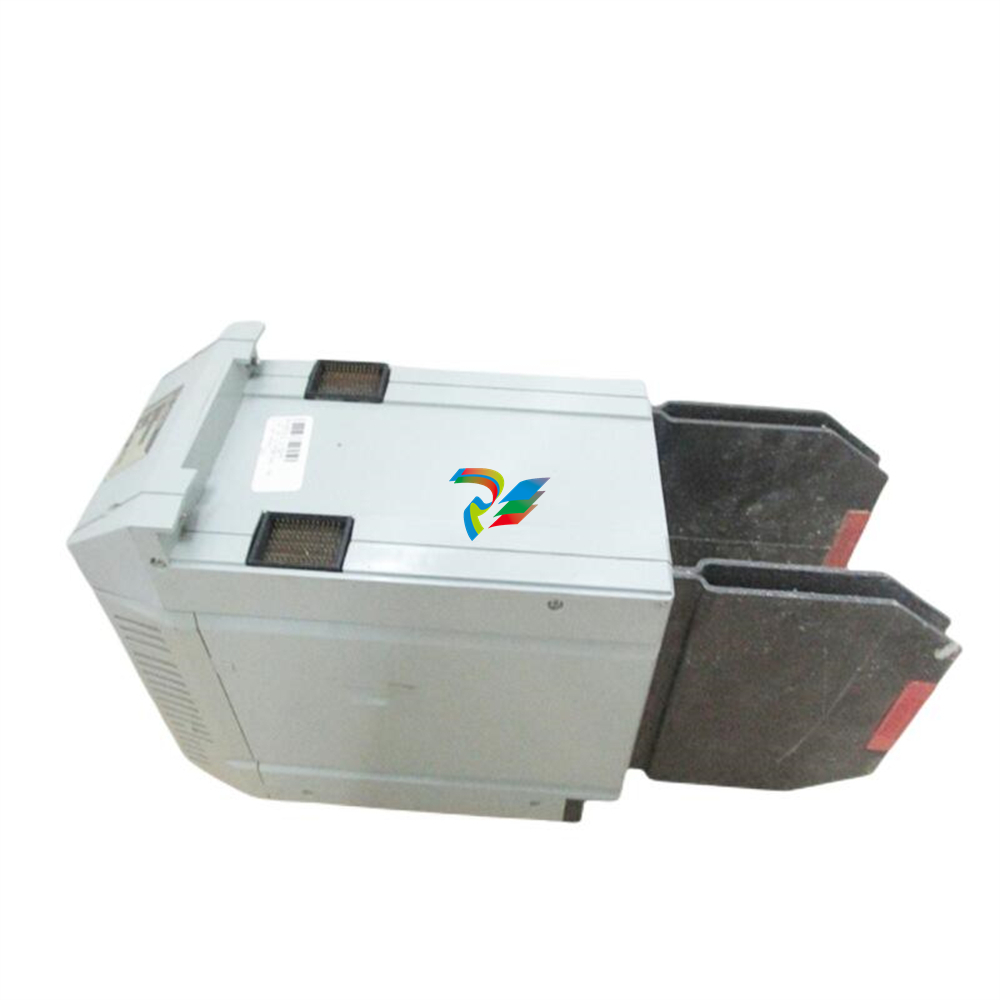
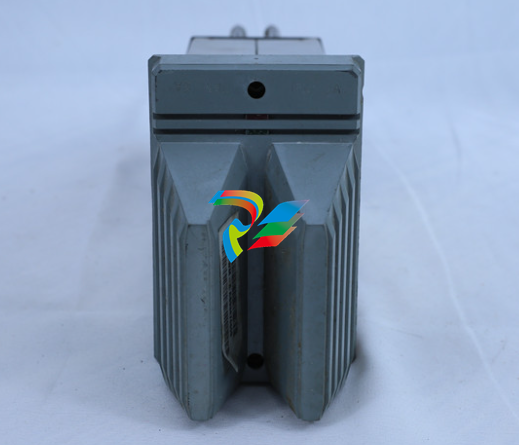
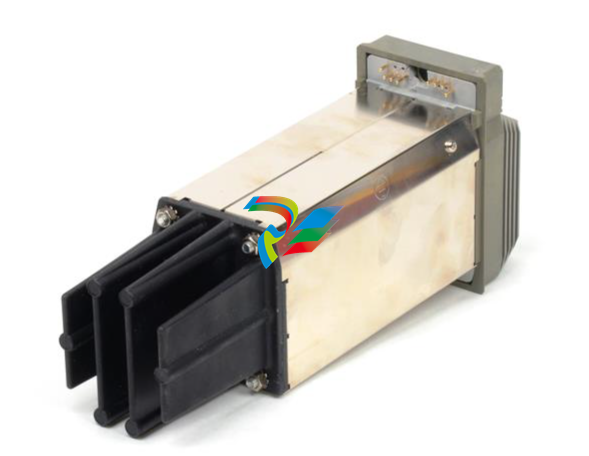
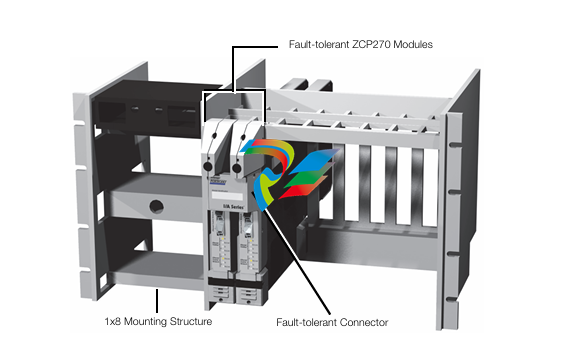
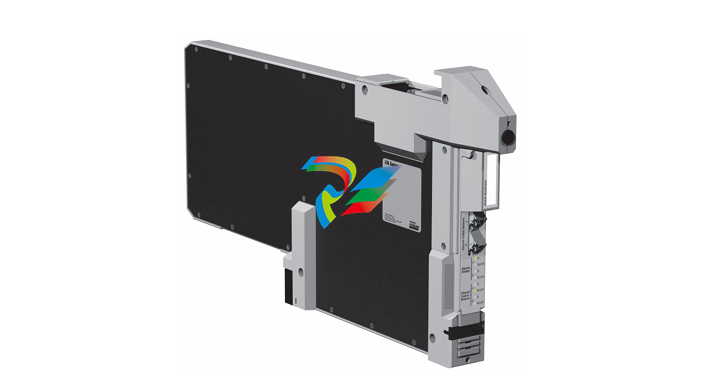
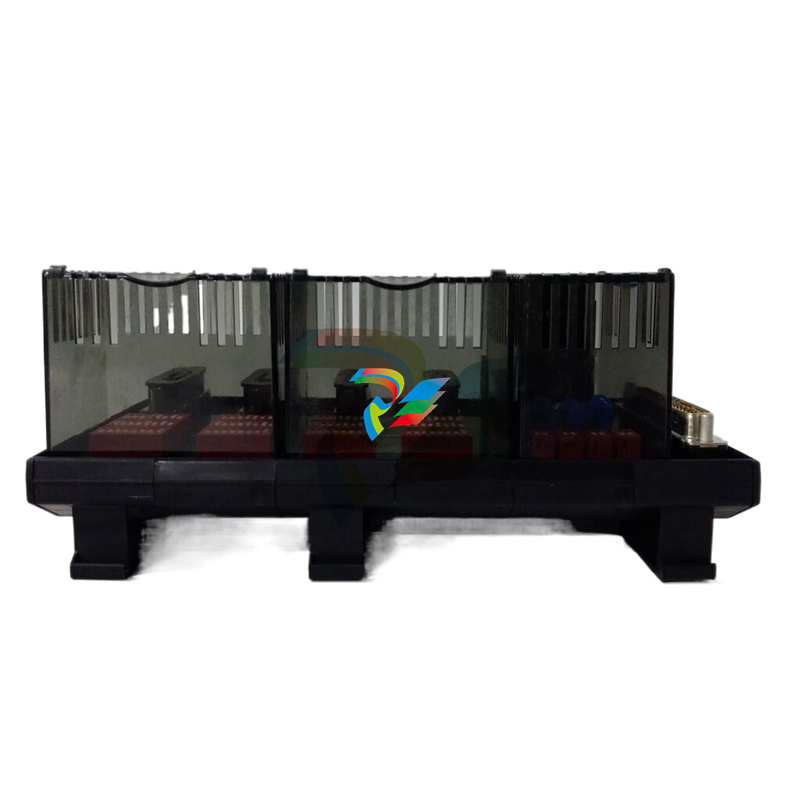
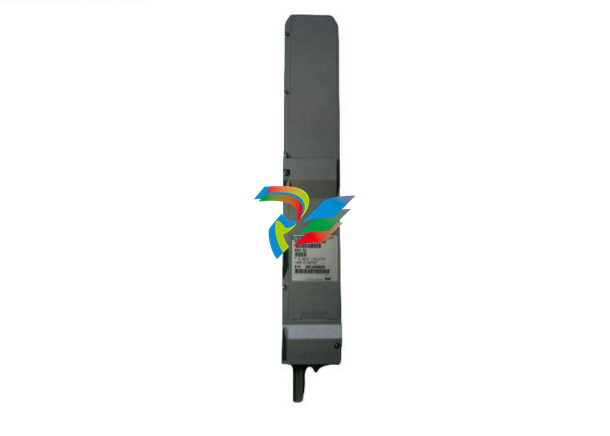
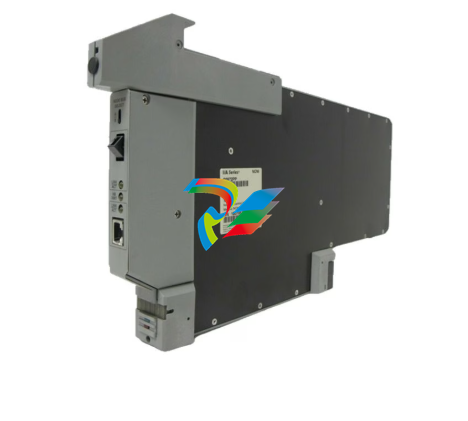
.jpg)
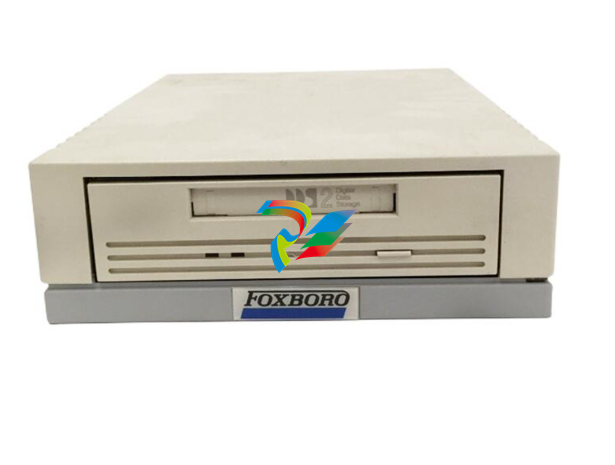
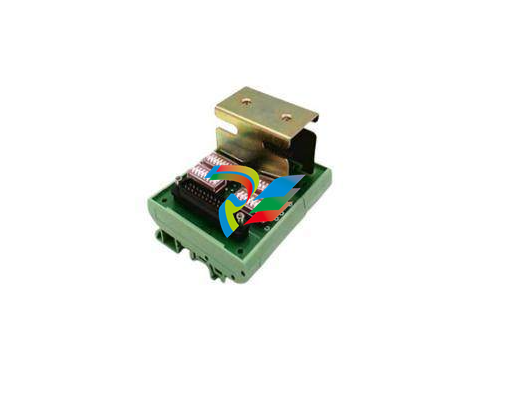
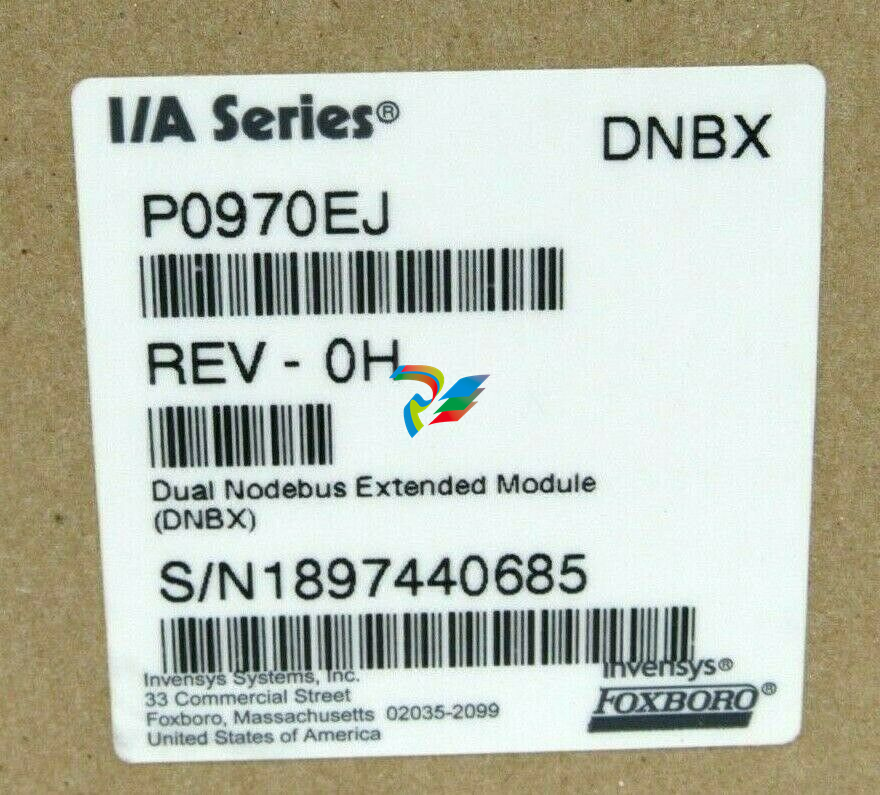
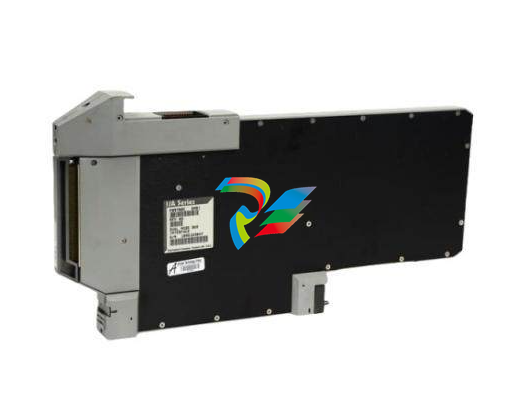
.jpg)
.jpg)
.jpg)
.jpg)
.jpg)
.jpg)
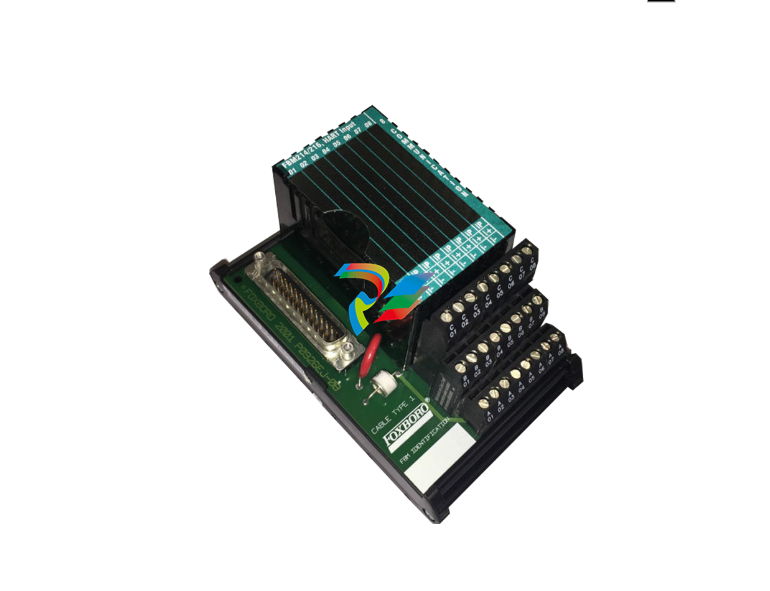
.jpg)
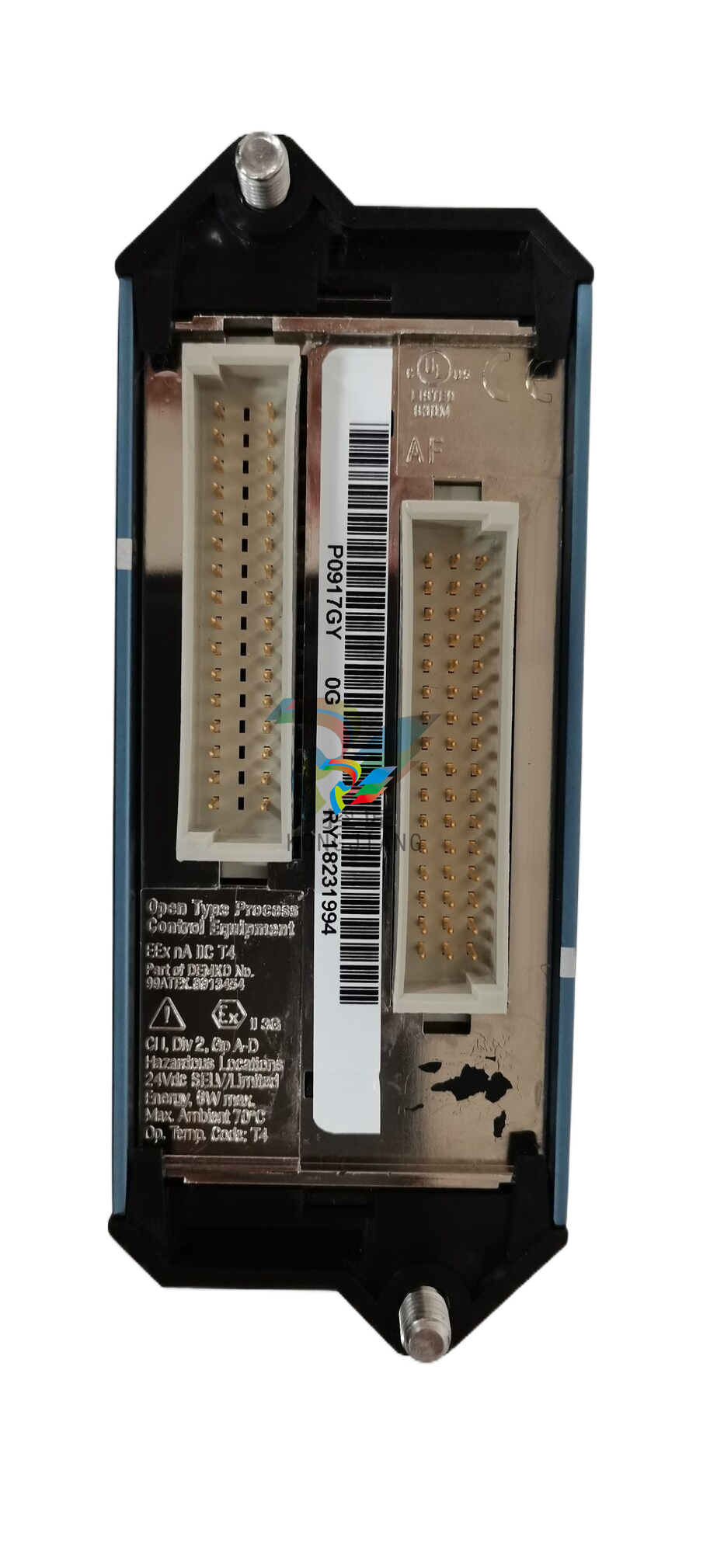
.jpg)
.jpg)
.jpg)
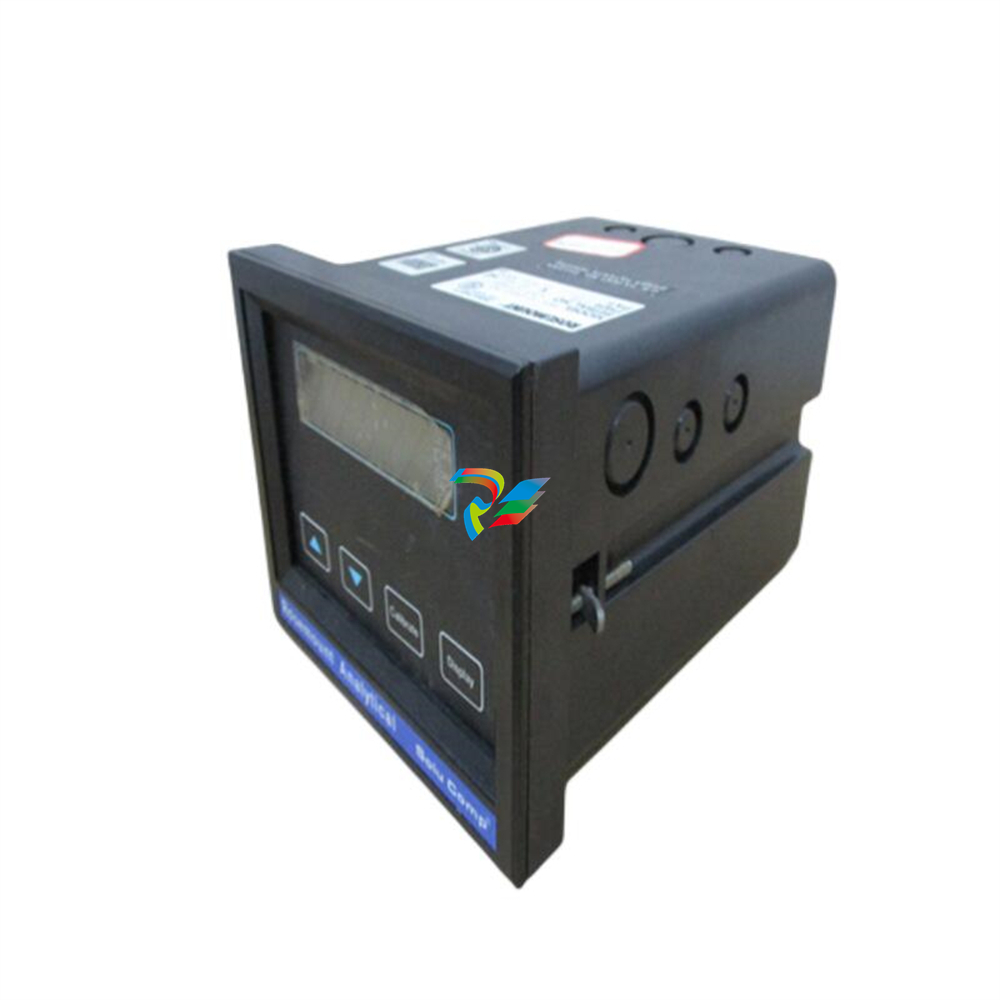
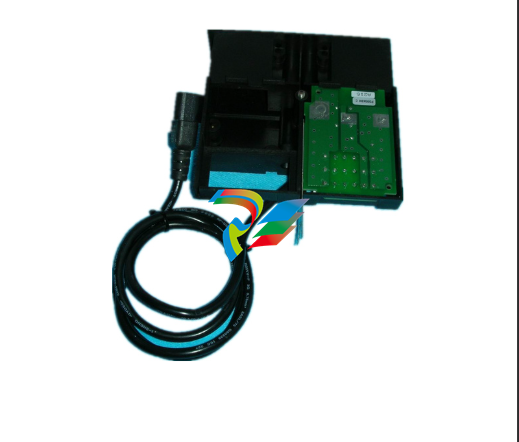
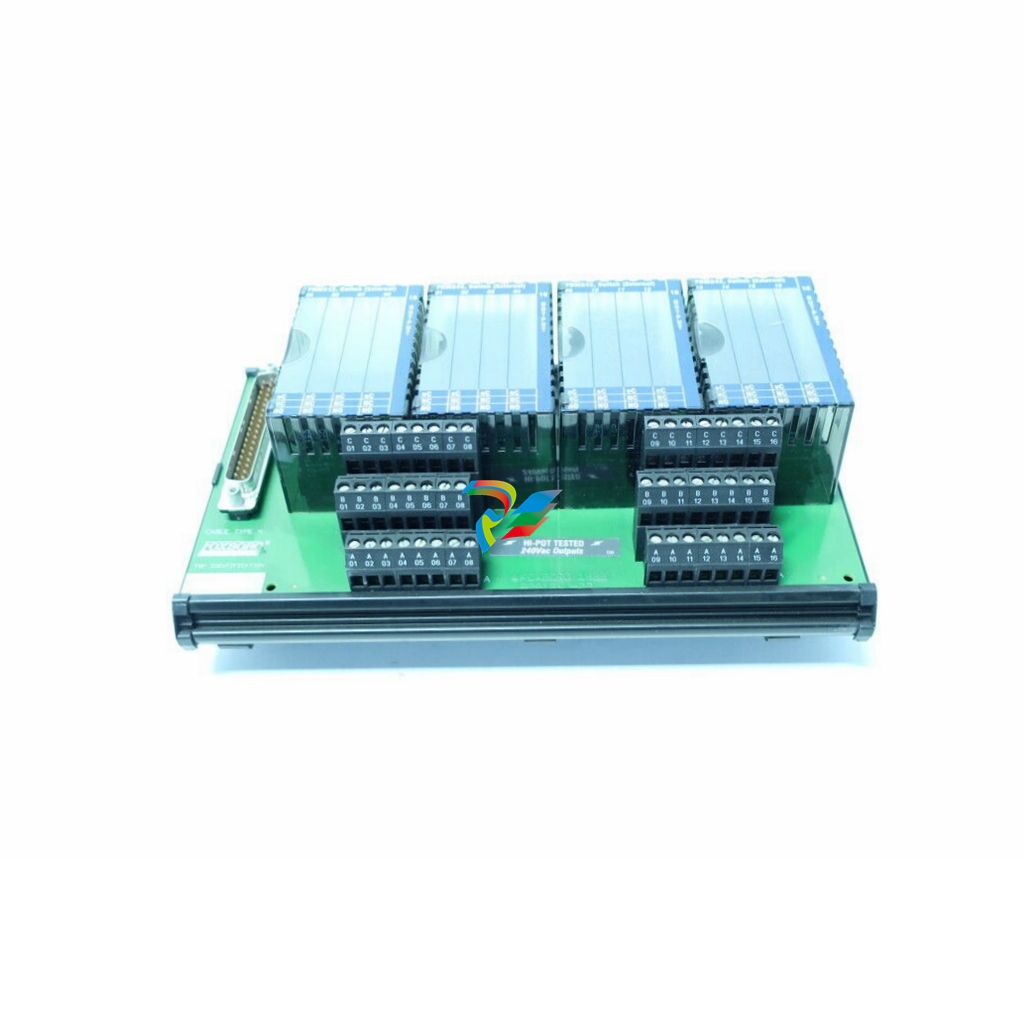
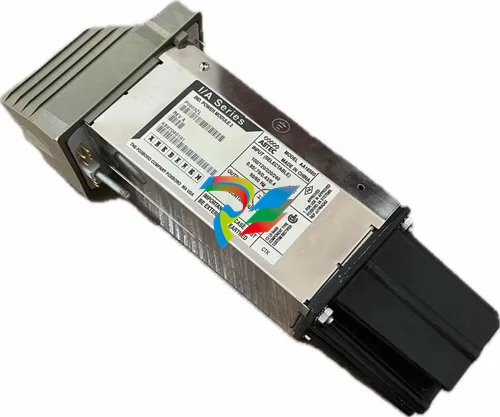
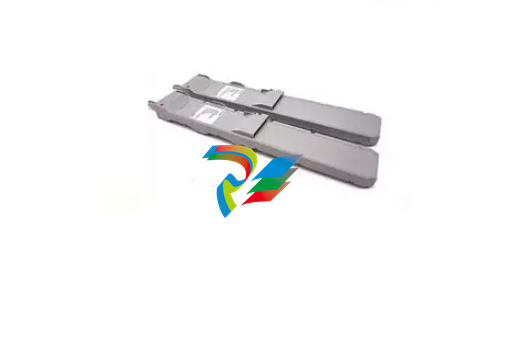
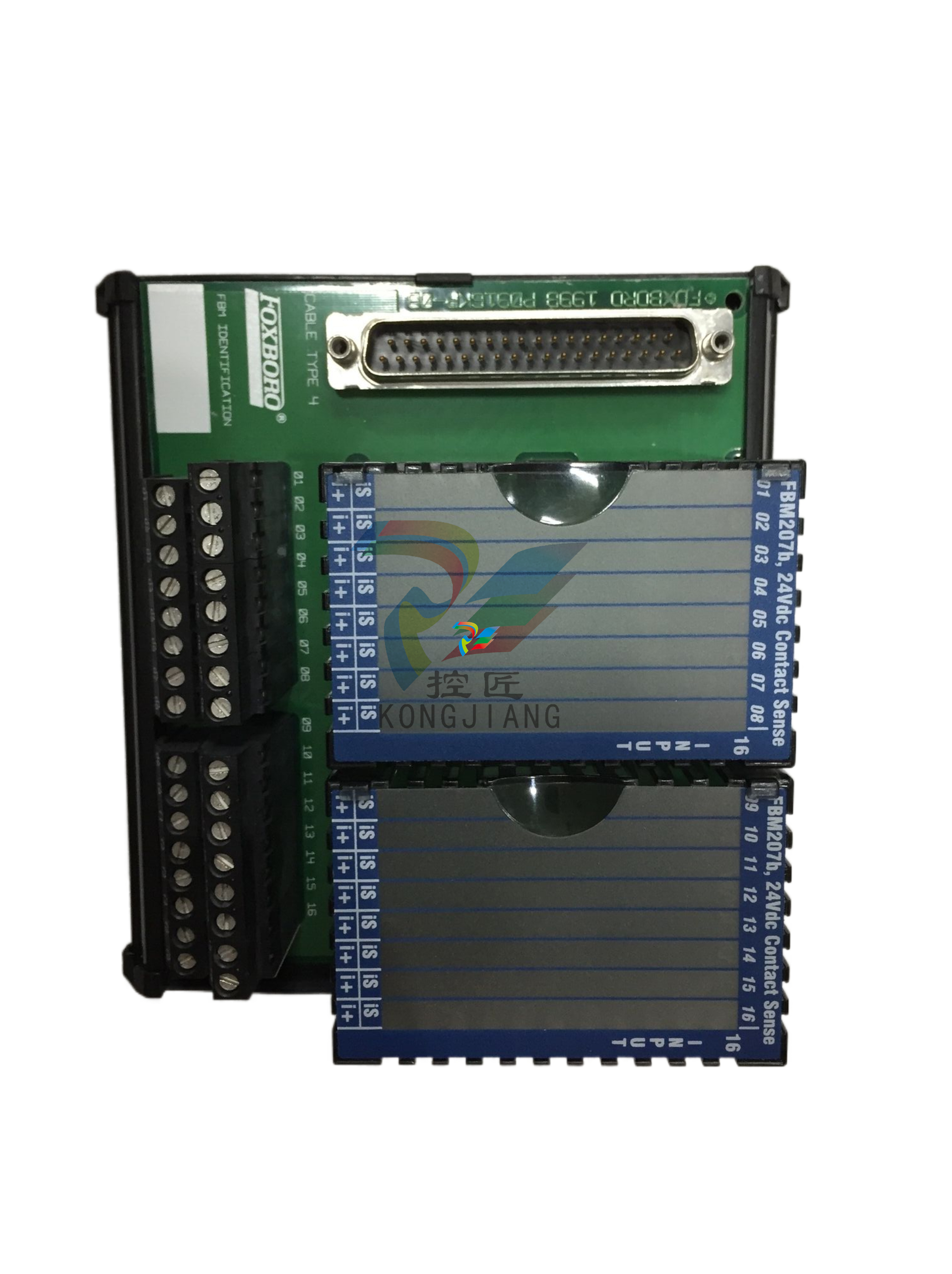
.jpg)
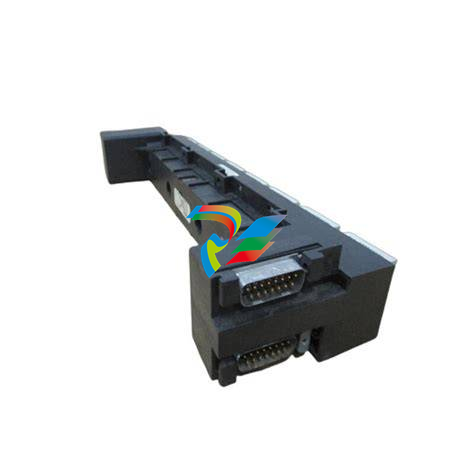
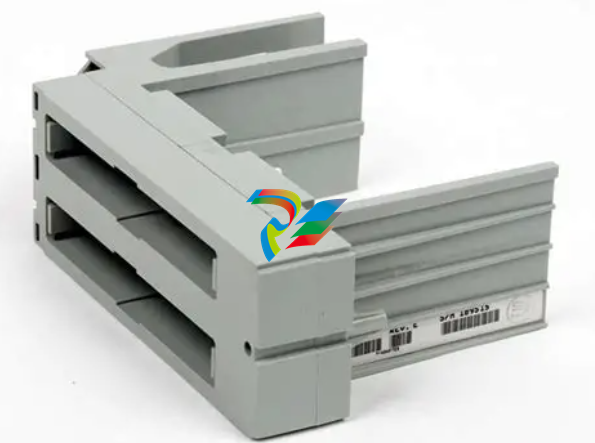
.jpg)
